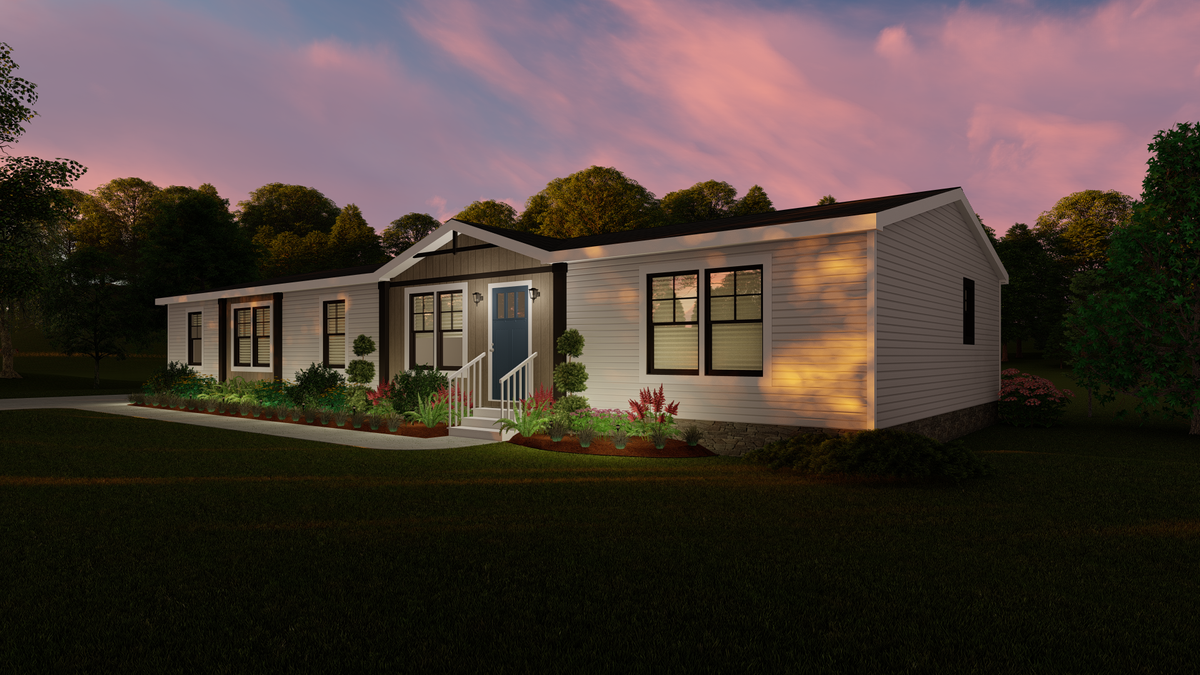

#ZONE 2 MOBILE HOME WIND RATING CODE#
The HUD Code categorizes the territories of the United States into three wind zones: Wind Zones for manufactured homes according to HUD’s MHCSS Manufactured homes, on the other hand are built under the regulations of a national standardized building code defined by the MHCSS: the HUD Code which has its own wind zone classification. FEMA stablishes their own wind zone rating and recommendations for the ICC and all site built homes, regardless the state or location adhere to it. Most of these building codes are based on the International Code Council® (ICC) which takes into consideration the recommendations described by FEMA. Site built homes are built under the state and local building codes of the area where they are placed. Manufactured homes, on the other hand, are thought and designed to be transported and are therefore built on a steel chassis that can easily be attached on wheels. While having two different classifications might sound confusing, it gets simpler when understanding that there are two different kinds of construction in the U.S.: site built and manufactured and both stick to its own regulations and wind zones.Ī site built house is a permanent construction built directly on its foundations and designed to be placed in one particular location. Wind zones are determined by the amount of wind pressure expected in the area and classified into three zones according to the federal Manufactured Home Construction and Safety Standards (MHCSS) and its HUD Code, and four zones according to the Federal Emergency Management Agency (FEMA). Understanding the different wind regions in the U.S. As well, it might be helpful to know that regardless of our house wind rating, there are different ways in which we can improve the wind resistance of a house by adding some upgrades and add-ons, while these actions won’t modify the wind rating of the house as defined by the builder, they will help reduce the damage. Seeing that both wind rating and building code regulations in site built construction differs from manufactured buildings, it is interesting to explore what kind of construction has a better wind rating and a higher likelihood to withstand very damaging winds.
#ZONE 2 MOBILE HOME WIND RATING HOW TO#
By properly understanding how to use wind rating in manufactured homes or what to expect from your location building code in a site built home, you as a home owner, gain the ability to take the safest actions. Other states such as Delaware, Mississippi or Alabama, according to the Insurance Institute for Business and Home Safety (IBHS) fail to adopt the recommended building code to strengthen their constructions in front of hurricanes and strong winds. Some state building codes, such as Florida and Virginia are considered strong, updated and capable of reducing the damage of destruction caused by strong winds. Manufactured homes follow the regulations set by the federal Manufactured Home Construction and Safety Standards (MHCSS) and site build homes have to adhere to the both the state and local codes from where they are being constructed. While every house in the United States is built under a regulated building code, not all states, locations neither constructions follow the same code. houses are placed in areas with an expected wind speed of 110 mph or higher and should therefore be designed and built to withstand strong winds. At the moment, there are two different wind classifications in the United States according to the construction type:Īn average of 26% of the U.S. These ratings are based on the understanding of the different wind regions and are especially important to consider in areas where high winds from tornadoes, hurricanes or microbursts are common meteorological events. Wind rating a building means to classify it into a category that will help us understand how much wind pressure that construction can withstand.


 0 kommentar(er)
0 kommentar(er)
